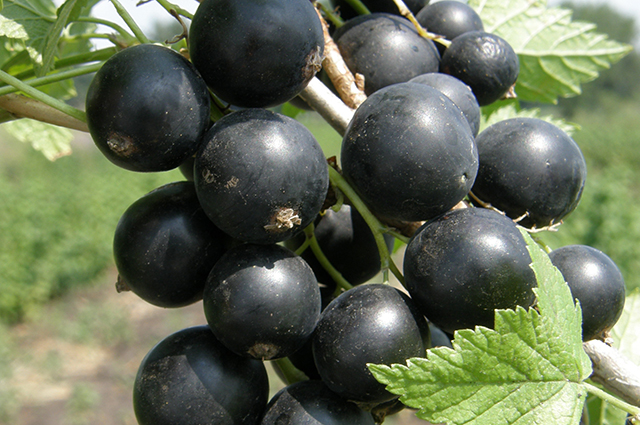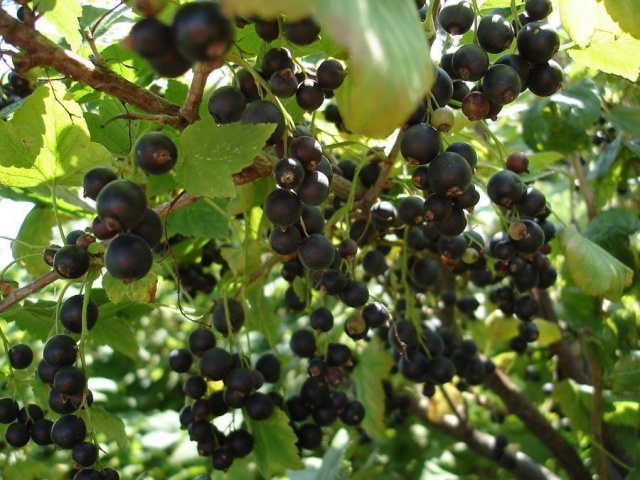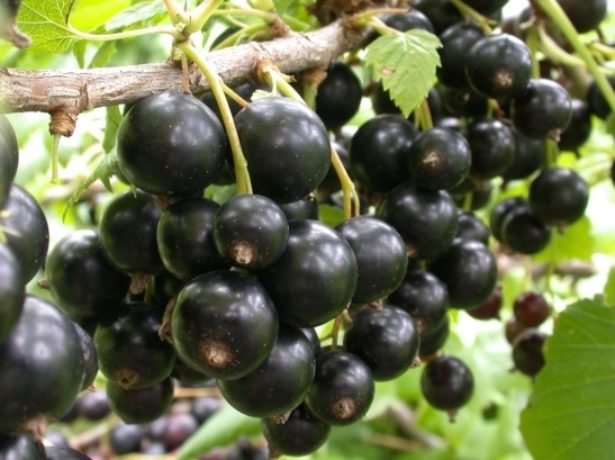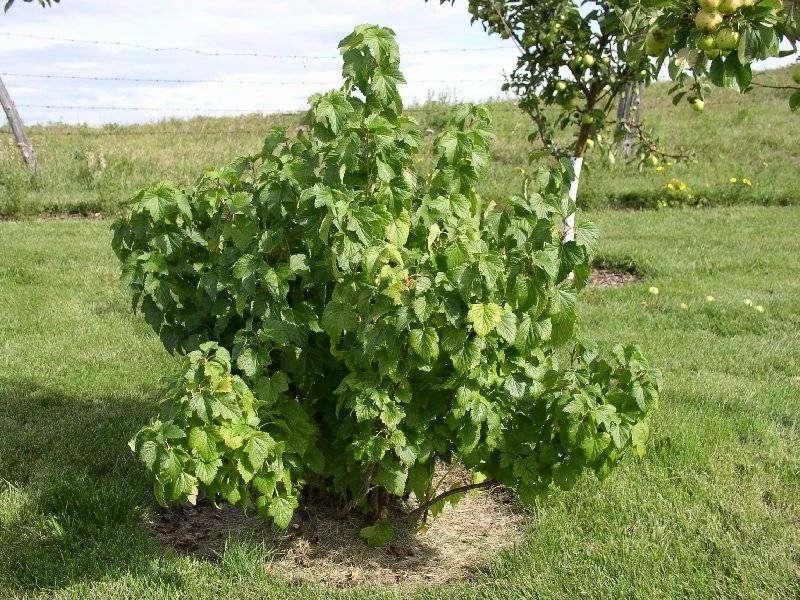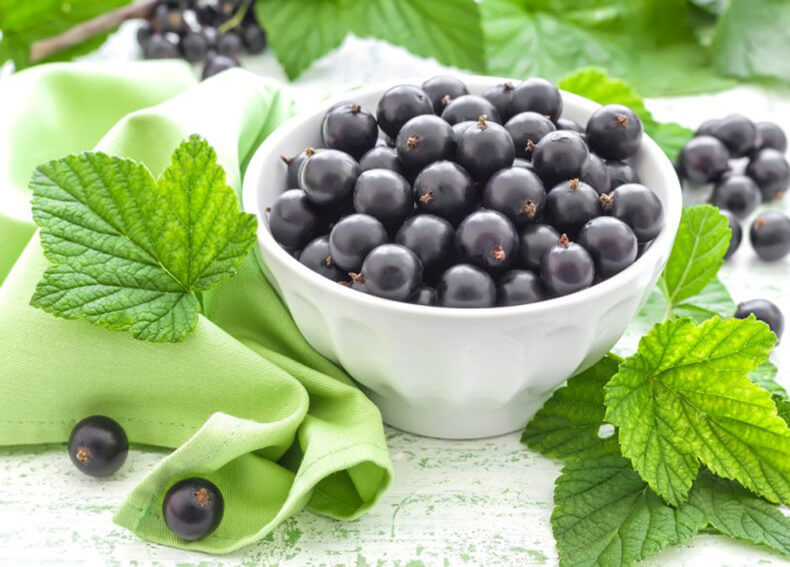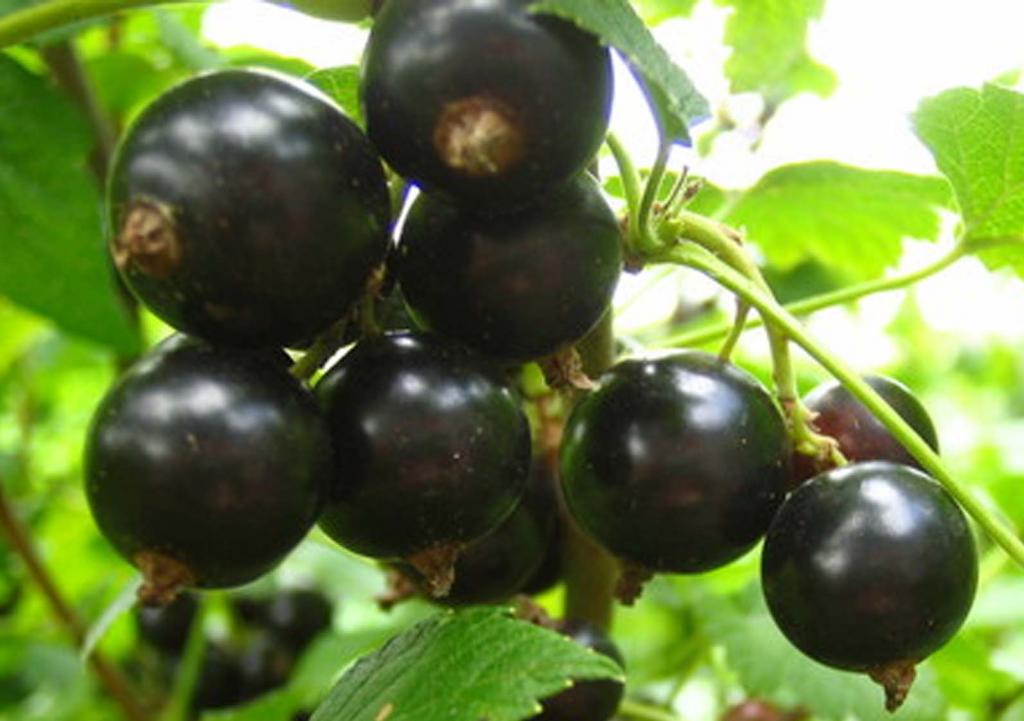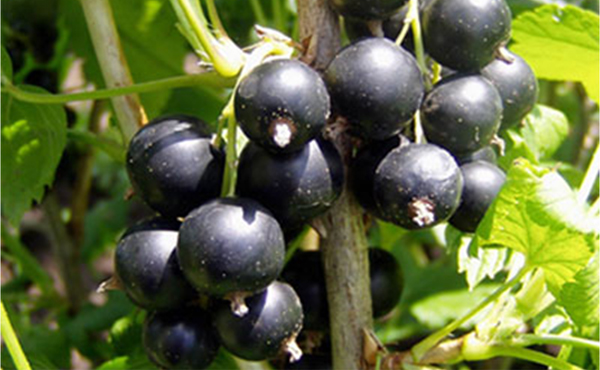Content:
For a long time, black currant has been very popular among modern owners of summer cottages. Each of them strives to choose the best species, because black currant berries contain a huge amount of vitamins and nutrients. A good option is the Perun blackcurrant variety, which will give a delicious harvest.
A bit of history
The development of this variety of fruit bush was carried out at the All-Russian Research Institute of Lupin. The author of the Perun variety was A.I. Astakhov, who crossed the line 2-4-56 and the Bredthorpe variety. The result was entered in the State Register in 1995. The variety is intended for planting in the Central Black Earth and Central regions of the country.
Variety characteristics
The black currant variety Perun is a medium-ripening crop that bears fruit from late July to mid-August.
The bushes are not very tall, but they have a medium spreading appearance, curved shoots with dense green foliage. New young shoots are light greenish in color and bend slightly to the ground. The leaves of this variety are traditionally three-lobed with a wrinkled structure. In early spring, lightly colored buds appear on the shoots, which are covered with light down. A pleasant feature of the Perun currant is self-pollination. To get a harvest, you do not need to plant other types of crops nearby.
Unlike other varieties, the inflorescences have bright red-violet flowers, visible from afar.
Up to 11 large berries are formed on each cluster. The weight of one reaches 3-4 grams. The rind is black, bright and thin. The berries of this variety are distinguished by a good presentation: the correct rounded shape, large size, when harvested, the fruits are easily torn off and not damaged.
The palatability of the berries received a score of 4.9 out of the existing 5. A pronounced currant aroma is harmoniously complemented by a sweet taste. This makes the berries versatile in purpose: they are eaten raw with pleasure, canned, frozen, dried.
When describing the Perun currant variety, it is imperative to indicate the cultivation features and suitable climatic conditions. This variety is distinguished by high rates of frost resistance. Even in spring, with a short-term decrease in temperature, the inflorescences do not fall off, temperature drops do not affect the further harvest. When growing, no shelter is required if the temperature drop does not exceed -25 ° C.
The berries are quite strong, so the harvest of this variety is perfectly transported and stored raw. The yield is approximately 2-3 kg per bush.
Growing features
Before buying seedlings of this particular variety, it is important to learn how to plant and grow this crop. In general, the culture is not picky, but many conditions affect the yield of bushes: climatic features of the area, humidity, weather conditions and the type of soil.
Landing features
Currant Perun reproduces equally well in many ways:
- Cuttings;
- Layers;
- By dividing the bush.
Prepare the site before planting. First, holes are dug, at least 45 cm deep, then 100 g of superphosphate and 10 liters of humus are added to them. They are prepared several days before planting. So that the bushes do not interfere with each other during growth and development, the distance should be kept about 2 m.
In order for the bush to take root and get out of a stressful situation as quickly as possible, it is important to cut it off after planting, leaving only two buds. At first, it is important to maintain sufficient soil moisture.
For the plant to grow well, the bushes should be planted in a well-lit area, which is as protected as possible from strong winds and drafts.
Care
When it comes to caring for black currants, it is important to ensure adequate and regular watering. It is most important to monitor soil moisture during the period when the crop is forming and ripening. It is best to stick to the drip option when watering. It is also advisable to defend the water before procedures.
Proper care of the bushes, which will help to get the highest possible yield, lies in certain points:
- timely formation of bushes;
- regular weeding with loosening;
- pest and disease control.
If you adhere to such simple rules, then by the end of summer the black currant Perun will give delicious berries.
Pests and diseases
The black currant variety Perun has an average level of immunity to many diseases.
But still, preliminary preventive measures will not hurt. After the spring sap flow begins, you can treat the bushes with special fungicides that will help strengthen the immune system. When the first signs of any disease or insect settlement appear, it is important to fight them in a timely manner, removing damaged shoots and leaves.
Advantages and disadvantages
When buying cuttings of this culture for your site, you should definitely pay attention to the Perun variety, since it has certain advantages that distinguish it from other crops:
- attractive yield characteristics;
- resistance to temperature extremes, especially to spring and winter frosts;
- average level of resistance to many currant diseases and insect invasions;
- bushes tolerate periods of drought normally;
- excellent taste with excellent balanced taste and pronounced aroma;
- unpretentious care and ease of reproduction;
- universality of application;
- good indicators of transportation and storage;
- self-pollination.
But there are also disadvantages of this variety. Those who grow berries for sale are not too fond of Perun currants:
- fruits of various sizes, which will not please buyers;
- dependence of the taste and size of berries on weather and climatic conditions (with drought and cold, the berries are much sour and smaller).
Even the dissatisfaction of some summer residents should not affect the objective assessment of this variety. Currant Perun is an excellent mid-late variety that, with proper care, will delight you with a wonderful tasty harvest.
